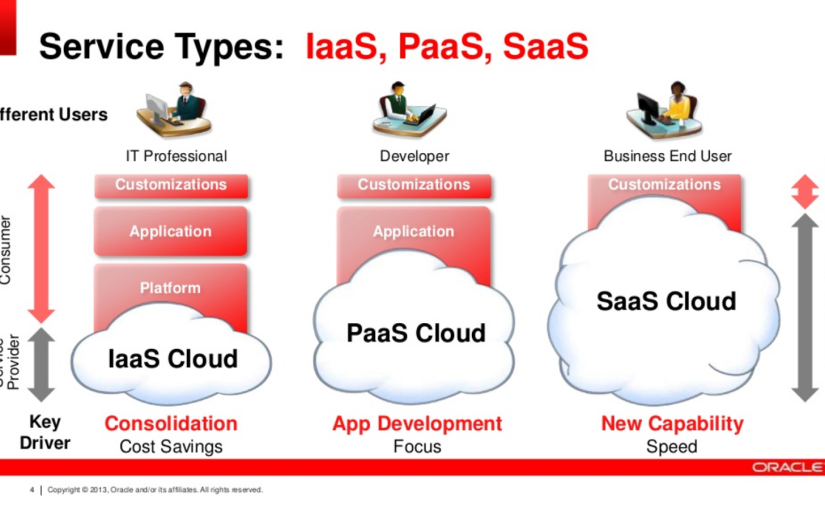Future of Java is continuing to develop steadily in a number of directions. Some of the existing and popular frameworks such as Spring, Hibernate and JavaEE implementations will be extending and stabilising.
Java Cloud Development: What Developers Need to Know ?
Using IaaS for Java Development
Using IaaS may not change your life drastically and may actually make it better. Most of us struggle to find computing resources in our IT organizations during development or testing. Cloud computing can make your life easier by providing a self-servicing model. If you sign up to use a public cloud, your cloud vendor provides tools to start and configure a virtual machine.
For example, Microsoft Azure allows users to use remote desktops to connect to the virtual machine. You can choose to use your virtual machine however you want to.
Cloud management vendors such as VMware and BMC are providing infrastructure to manage, provision and configure virtual machine instances in a private cloud environment. They provide features such as a self-service portal to provision a new virtual machine instance.
Following is a screenshot of BMC Software’s self-service portal for creating and managing virtual machine instances.
Infrastructure as a Service (IaaS)
Cloud computing vendors provide infrastructure services such as computers, storage devices, and routers to deploy your application. This is a not a very new concept. Web hosting companies such as GoDaddy have been providing infrastructure to host websites to small and medium-sized companies for more than a decade. However, this is becoming mainstream for internal enterprise applications. Companies such as Amazon, Rackspace, Microsoft and others are leading providers for IaaS. When you sign up for IaaS (e.g. with Amazon EC2), the cloud vendor will allocate a virtual machine for your use.
Amazon, Rackspace and coming up with machine images or appliances with pre-configured software platforms. For example, you can use a pre-built Amazon Machine Image for JBoss application server or Oracle WebLogic Server. You do not have to incur upfront costs for purchasing software and you avoid the mundane tasks of installation/configuration of the software. The cloud provider will charge you a fee based on the real usage of resources such as CPU, bandwidth, number of users, and so on.
Platform as a Service (PaaS)
The cloud vendor provides the application platform such as middleware, database, messaging system, and so on. You have to use your development tool s remotely to leverage the services offered by the cloud vendor. This frees companies to worry about computing resources, tracking licenses, cost of installation and configuration/administration of software. This is gaining popularity and there are several vendors that provide Platform as Service (PaaS).
Some examples of PaaS are Salesforce.com’s Force.com platform, Google App Engine, VMForce (jointly launched by Salesforce.com and VMware) and Microsoft’s Windows Azure platform. This aspect of cloud computing is very disruptive in nature and is going to impact Java developers the most.
This blog has been created for IT and non IT students , going to join the job market in India .
All the best to upcoming Engineers in Ghaziabad.
CTH India with Neksystem Inc.USA.
